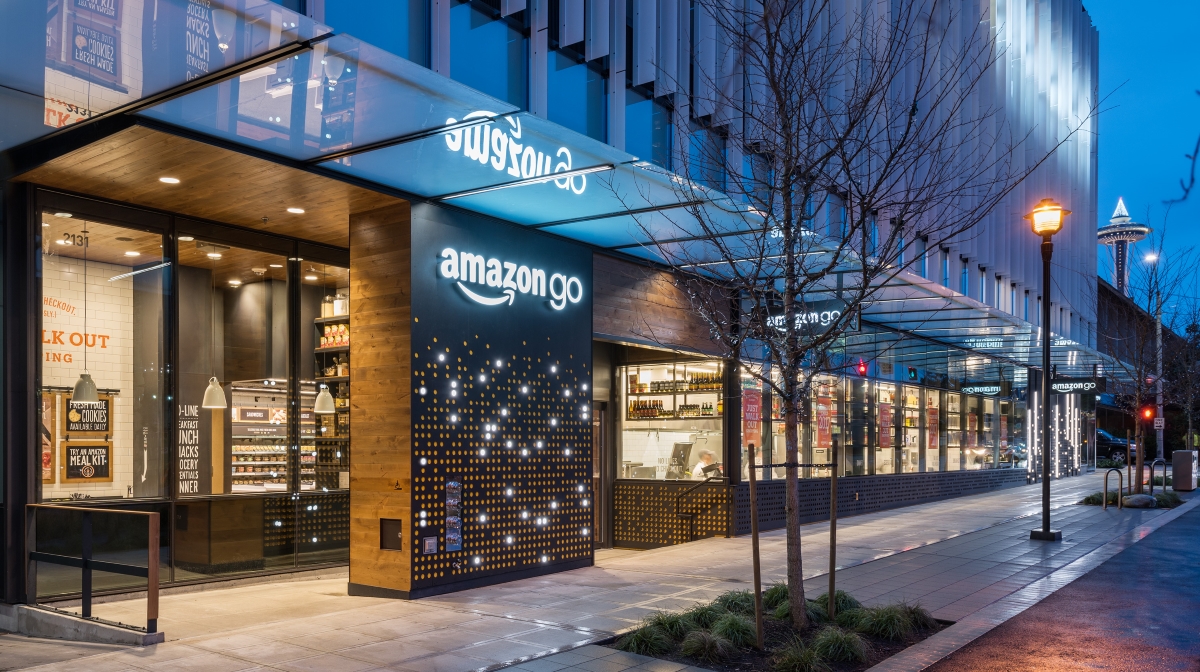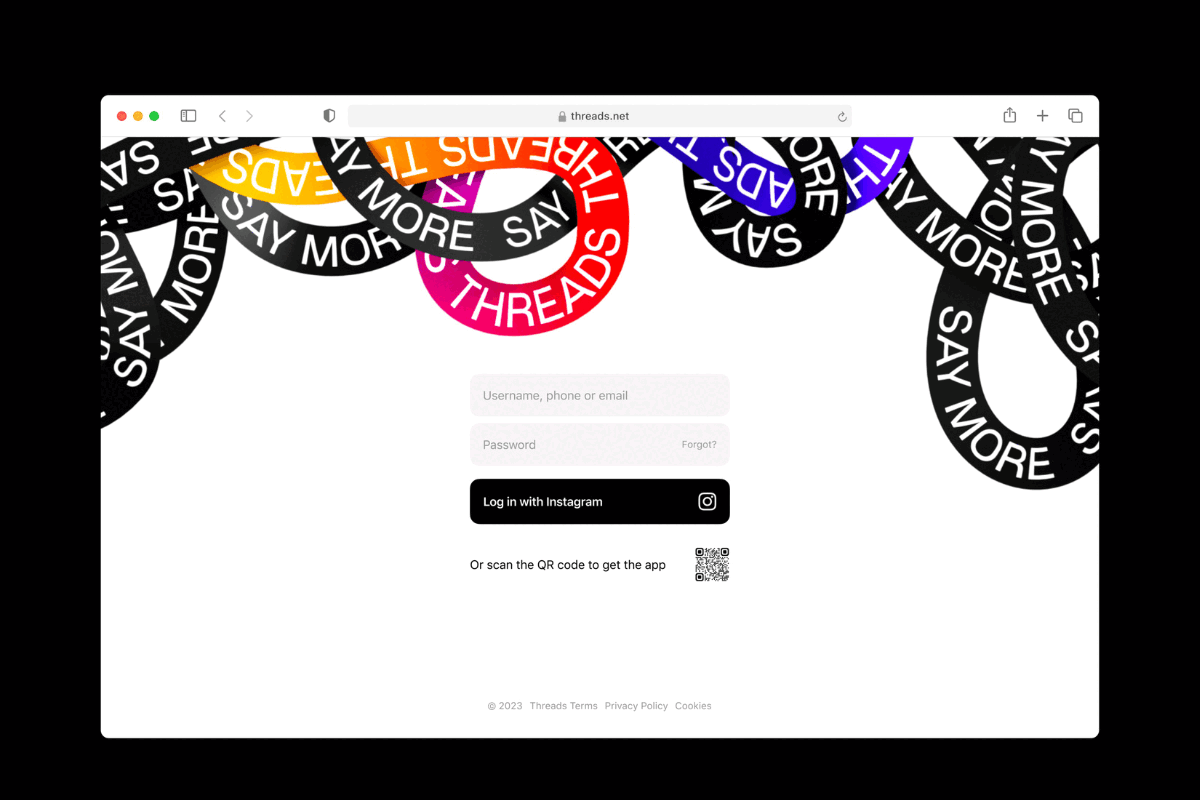Amazon opens its automated store of the future
- Monday, January 22nd, 2018
- Share this article:
 Amazon will finally open its checkout-free brick-and-mortar convenience store to the public today (22 January) – nearly a year after it originally planned to open its doors.
Amazon will finally open its checkout-free brick-and-mortar convenience store to the public today (22 January) – nearly a year after it originally planned to open its doors.
Amazon Go is an 1,800 square foot automated store based at Amazon Seattle headquarters. The store relies on sensors and cameras to detect what items shoppers have taken from the shelves, as well as what they have put back, in real-time. Customers then simply exit the store when they have all the items they need in their bag, at which they are automatically billed via the card linked to their Amazon account.
To gain access to the store, which was previously only open to Amazon employees, shoppers must download and scan their Amazon Go app to pass through the turnstiles at the front of the store.
Amazon has plans to open more stores around the US, but it is not clear when we can expect to see those popping up. It is also likely to open stores in the UK at some point, according to several trademarks the eCommerce giant has picked up on the other side of the Atlantic.
Of course, Amazon Go isn’t the only grocery shopping establishment the company is in control of.
Last year, Amazon acquired healthy supermarket chain Whole Foods Market for approximately $13.7bn (£10.7bn at the time). The online retailer has, however, made it clear that it has no plans to implement the technology in its Whole Foods stores.
“The launch of Amazon Go, the futuristic convenience store, caters to shoppers’ craving for a friction-free, convenient and seamless experience, and officially takes the once online-only platform further into the high-street. It’s an interesting concept, and many have argued that Amazon is looking to partially reverse the increasing consumer trend to shop online,” said Hugh Fletcher, global head of consultancy and innovation at Salmon.
“However, the real aim is to use its customer-centric learnings from its online platform to improve physical shopping. Online shopping was first to disrupt the retail model as customers were given the option to purchase goods from the ease of their home. And Amazon Go may well be the next step in this experience. As to whether it’s good for retail, it might shake up the already declining influence of bricks-and-mortar stores and prompt them into rethinking ways to innovate their store to suit the convenience of the customer. Conversely, this could spell further trouble for the big supermarkets whose shares had already slipped following Amazon’s purchase of Whole Foods last year.”
















